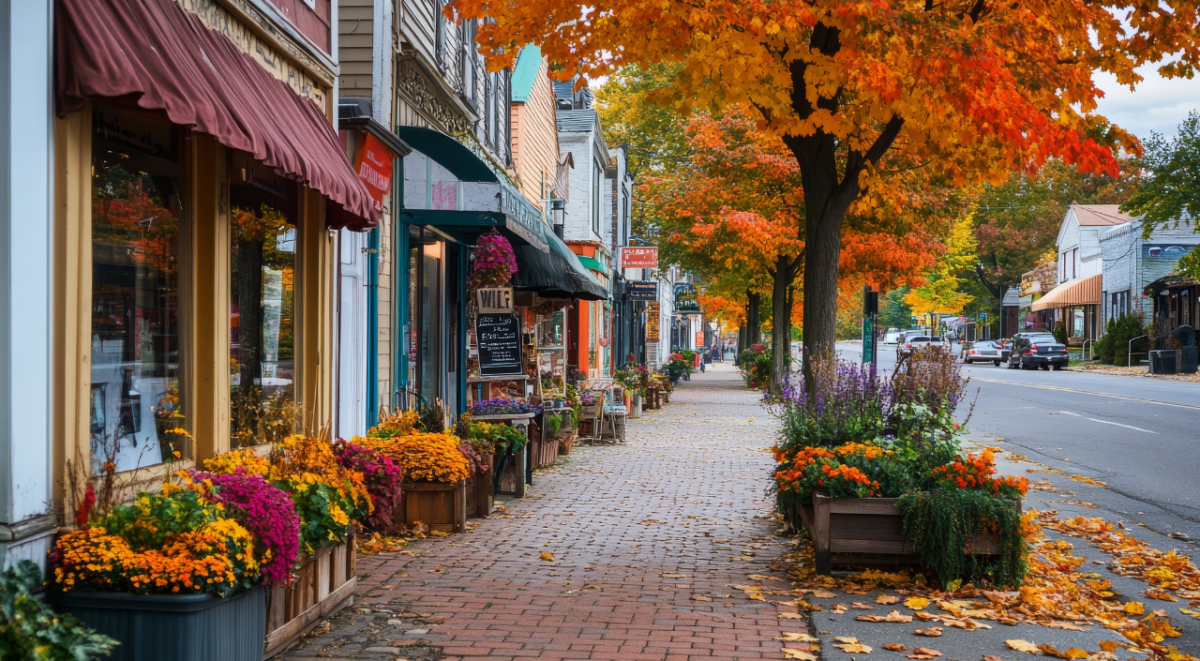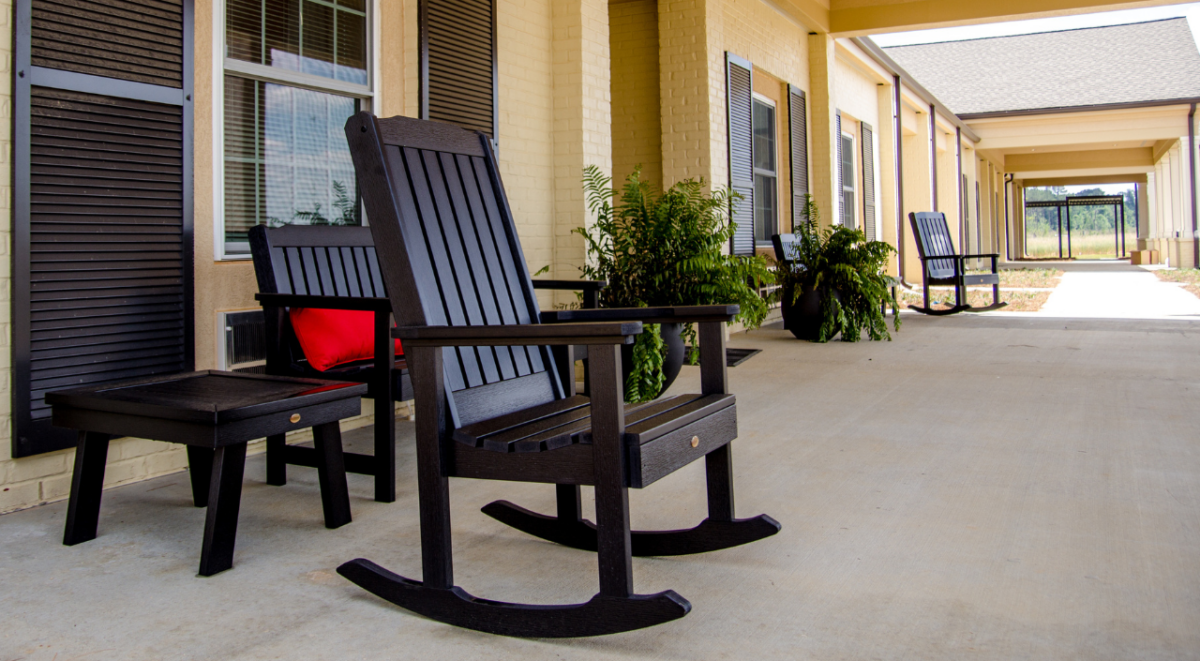Transforming Rural Campuses Through USDA Financing
In today’s competitive higher education landscape, rural colleges and universities face unique challenges in maintaining and improving their facilities. Limited resources often mean tough choices between essential updates and expansion projects. However, there’s a powerful tool that many institutions may be overlooking: the USDA Community Facilities Guaranteed Loan Program. Rural colleges can leverage this government-guaranteed lending program to fund crucial campus improvements.
Understanding USDA CF Guaranteed Loans
Through the USDA’s OneRD Guaranteed Loan Initiative, the U.S. Department of Agriculture (USDA) works with private lenders, like North Avenue Capital (NAC), to guarantee portions of commercial loans, helping improve the flow of needed capital to rural American communities. However, unlike other USDA Rural Development Loan Programs, the USDA Community Facilities Program (USDA CF) is not designed for commercial undertakings.
The USDA CF Program exists to deploy capital into nonprofit organizations and public bodies that provide essential services to rural communities. If a community needs a certain facility, chances are, a USDA CF Guaranteed Loan could fund its construction or improvement. This program extends to various community-related needs including, healthcare, public safety, utilities, transportation, childcare, and educational facilities.
USDA CF funding is available for public bodies, nonprofits, and federally recognized tribes, serving ‘rural’ areas with populations of 50,000 or fewer residents. Guaranteed loans offer long-term, fixed-rate financing with up to 40-year amortization.
Eligible Campus Improvements
From ground-up and new construction to renovation projects and refinancing existing debt, the potential impact of CF funds is significant. Rural colleges and universities can use these USDA-guaranteed loans for a wide range of campus improvements.
- Academic Buildings: Construct new classrooms, laboratories, theaters, and art studios, or renovate existing ones.
- Technology Infrastructure: Upgrade campus-wide internet connectivity or create state-of-the-art computer labs.
- Student Housing: Build or modernize dormitories.
- Libraries: Expand or renovate library facilities.
- Recreational Facilities: Construct or improve gyms, intramural fields, and student centers.
- Athletic Facilities: Build, expand, or renovate stadiums, arenas, locker rooms, and practice/training facilities.
- Energy Efficiency: Implement green energy solutions or improve insulation in campus buildings.
- Safety and Accessibility: Enhance campus security systems or improve ADA compliance.
- Student Life Features: Update dining halls, enhance study areas, construct meeting spaces for student organizations, or expand student health services.
Benefits for Rural Colleges
Utilizing the USDA Community Facilities Guaranteed Loan Program can provide several advantages for rural schools.
- Affordable Financing: Often offers more favorable terms than commercial loans
- Large-Scale Projects: Enables colleges to undertake significant improvements that might otherwise be out of reach
- Competitiveness: Helps rural institutions offer facilities on par with urban counterparts
- Student Experience: Improved facilities can enhance student satisfaction and retention
- Community Impact: Upgrades can benefit the broader community, not just the campus
Application Process
While the application process can be complex, an experienced USDA lender can help guide you through each step from engagement to loan closing. The first step is ensuring your institution’s eligibility. Check to see if the school address is considered ‘rural,’ using NAC’s map tool.
After confirming your institution’s eligibility status, contact a USDA-approved lender, like North Avenue Capital, to begin the application process. Lenders will assist in collecting the required documents for the application and help you find qualified professionals to complete third-party reports. Documents that are typically required include financial statements and projections feasibility studies, environmental site assessments, preliminary architectural or engineering plans, and organization documents. The lender will underwrite the loan and submit the application to the appropriate USDA Rural Development state office. Once the USDA approves the application package, the lender closes the loan with the USDA guarantee.
Case Study: South Carolina Institution
A guaranteed loan through the USDA CF Program can also be used to refinance existing debt. It’s not uncommon for educational institutions to have some debt in the form of other loans from previous projects. NAC can help refinance that debt, making payments more affordable and better positioning the school for future expansion. This is exactly what happened with a private liberal arts college in rural South Carolina. The school used a $11.9 million USDA CF Loan from NAC in 2021 to refinance debt and is now in the middle of renovating its football stadium and building a new nursing and health science center.
The USDA Community Facilities Guaranteed Loan Program presents a valuable opportunity for rural colleges and universities to fund vital campus improvements. By utilizing this program, institutions can enhance their facilities, improve student experiences, and better serve their communities. As competition in higher education intensifies, this program can play a key role in helping rural colleges and universities thrive.
NAC’s team of USDA Rural Development loan specialists is ready to assist you and your institution in financing needed campus improvements. For more information about financing options for colleges and universities, contact a loan specialist today.


